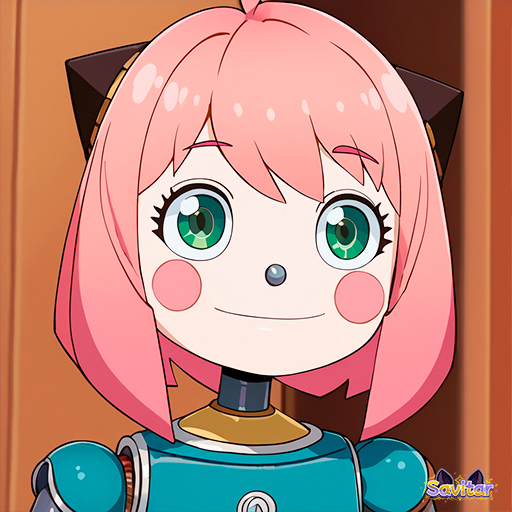🔥Access +100 Characters NSFW Hardcore for just $9.99 Monthly 😈
Will AI Replace Digital Art?
Will AI replace digital art? Explore how artificial intelligence is transforming the creative process, and why human creativity still plays a vital role in the future of digital artwork.
FEATURED
Savitar
9/20/20243 min read


We’ve all heard the buzz: “AI is taking over everything!” But when it comes to digital art, will artificial intelligence really replace human creativity? Spoiler alert: probably not. Sure, AI has made some impressive leaps in generating artwork that looks almost indistinguishable from human-made art, but let’s take a step back and look at the bigger picture. Is AI really about to put digital artists out of a job, or is it just another tool in the ever-expanding artist’s toolbox?
The Power of AI in Digital Art
First, let’s give AI its due credit. AI has proven incredibly useful for creating art faster than ever before. From generating concept art in seconds to producing detailed landscapes and portraits, the technology is no doubt impressive. You can feed an AI a simple prompt, and it’ll spit out something visually stunning in a fraction of the time it would take a human artist.
That’s great for mass production or when you need a quick mockup, right? AI excels at speed and efficiency. But the thing is, art isn’t just about how quickly you can create something; it’s about the soul behind the creation. The human touch, the emotional connection, the intention—these are all things that AI, no matter how advanced, simply can’t replicate.
Creativity vs. Algorithms
AI works based on patterns, algorithms, and vast datasets of existing art. It learns from what’s already been made and generates new content based on those patterns. But here’s the catch: AI can’t think outside the box. It’s confined by the limits of its training data. A human artist, on the other hand, is constantly pushing boundaries, experimenting with new ideas, and evolving their style.
Creativity isn’t something that can be broken down into data points. It’s spontaneous, emotional, and, at times, irrational. And that’s what makes art so special. While AI can produce technically impressive pieces, it lacks that emotional depth and connection that comes with human-created art.
The Human Touch in Digital Art
Ask any digital artist, and they’ll tell you that their work isn’t just about creating an image. It’s about storytelling, conveying emotions, and engaging with an audience on a deeper level. That’s something AI simply can’t do on its own. Sure, it can assist in the process—speeding up certain aspects or generating ideas—but the heart of digital art comes from the artist’s vision.
Whether it’s deciding on the perfect color palette, adjusting the composition for emotional impact, or making those tiny, subtle tweaks that only a human eye would notice, digital artists bring something to the table that AI just can’t replicate. Art isn’t just about the final product; it’s about the process, the journey from concept to completion, and the personal connection the artist has with their work.
AI as a Tool, Not a Replacement
Here’s the thing: AI is an incredible tool. It’s here to stay, and it’s going to change the way we create digital art—but it’s not going to replace human artists. Instead, it’s more likely that AI will become just another tool in the artist’s arsenal, much like Photoshop or Illustrator. It can handle the grunt work, speed up tedious tasks, and even help generate new ideas, but it’s still the artist who guides the process and makes the creative decisions.
In fact, some of the best digital art we’ve seen comes from a combination of human creativity and AI-generated elements. Artists are using AI to push their work further, experimenting with new techniques and styles they might not have considered otherwise. So rather than seeing AI as the end of digital art, we should see it as a way to evolve and expand what’s possible.
The Future of Digital Art
So, will AI replace digital art? No, not really. What it will do is transform the industry. Artists who embrace AI and learn how to incorporate it into their creative process will find themselves with a powerful new tool at their disposal. But at the end of the day, art is, and always will be, about human expression. No algorithm, no matter how sophisticated, can replace the spark of creativity that comes from the human mind.
In the end, AI isn’t the enemy of digital art—it’s an opportunity. An opportunity for artists to explore new avenues, experiment with different styles, and create work that’s more innovative and exciting than ever before. So, let’s stop worrying about whether AI will replace digital art and start thinking about how we can use it to push our creativity even further.


